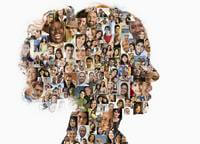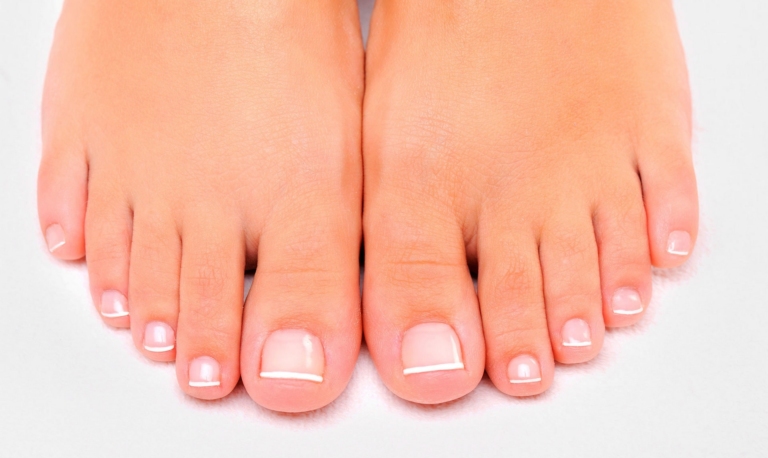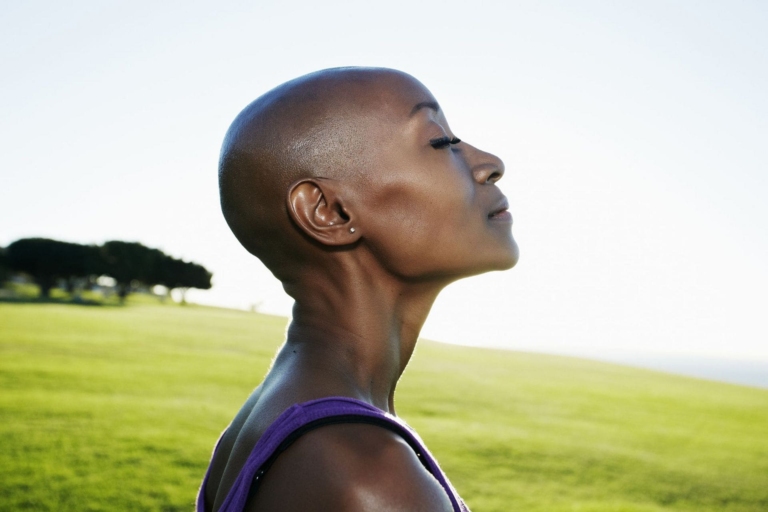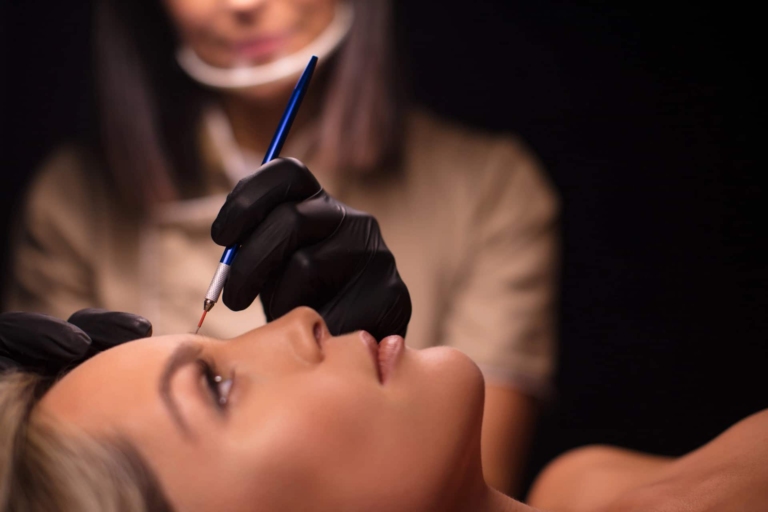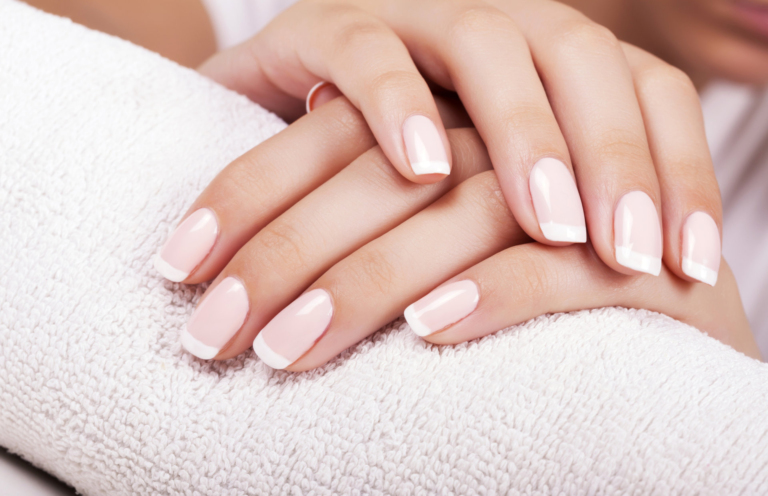Hair lice: Effective and natural treatment
The problem of head lice most often affects children.
Lice are a parasitic disease caused by infection with head lice, a small arthropod.
To date, head lice have not been shown to transmit disease, but an infestation of these parasites can cause severe itching on the scalp.
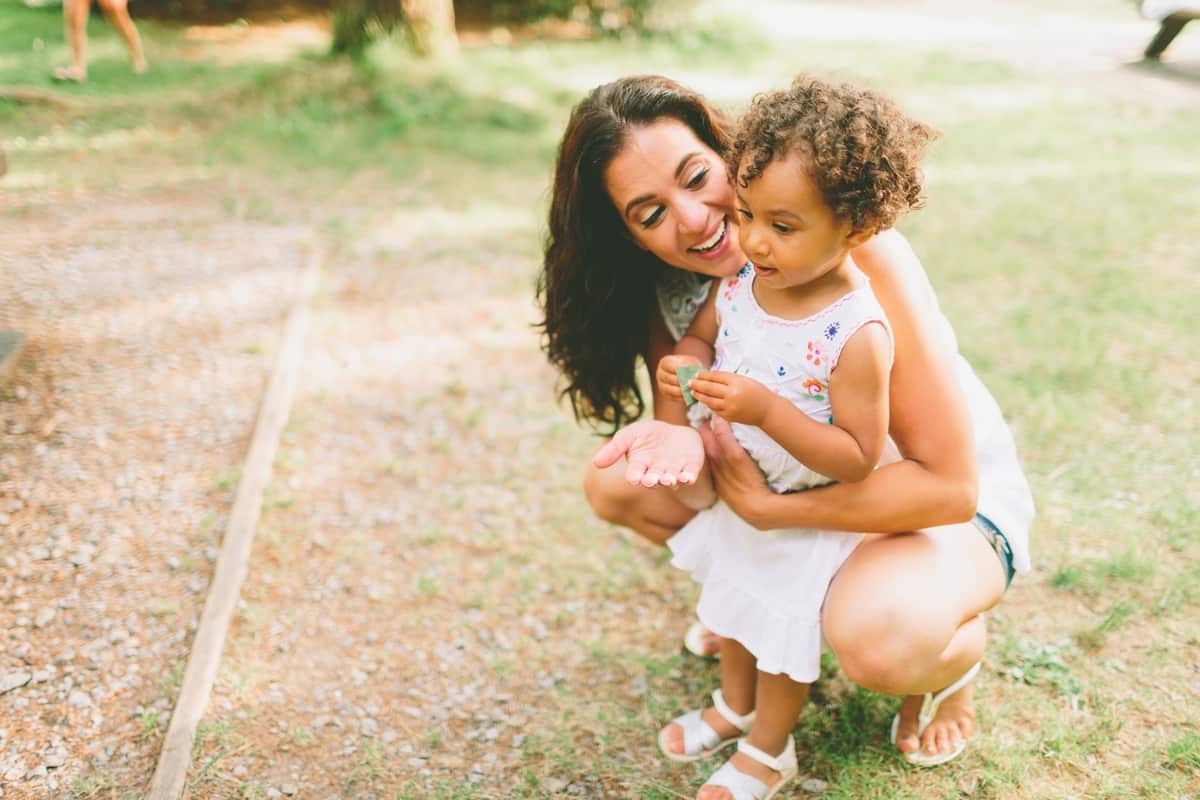
How to combat lice?
Head lice are small insects that feed on blood sucked from the human body.
Their parasitic presence on hairy skin causes the disease known as head lice.
Hair lice are generally visible in the adult state.
At the base of the hair, the insects lay eggs, which can be observed when combing.
These are known as nits. Lice are very small, less than 5-6 mm.
They are flat, oblong, covered with armor and light in color.
Lice eggs, on the other hand, are oval-shaped and close to white in color.
They are most easily found in the neck area, above the ears.
The presence of lice in the hair does not mean that the person is dirty or does not care about personal hygiene.
Lice are associated with poverty, dirt and neglect of personal hygiene. However, infection can occur in anyone, regardless of their state of hygiene.
Direct contact with a sick person is enough.
In most cases, lice are transmitted by contact with the head of a person who already has a problem with this parasite.
This contact allows the lice to pass from the head of the carrier to the head of another person.
Lice can lodge on the heads of people with dirty or clean, well-groomed hair.
Lice need human blood to survive.
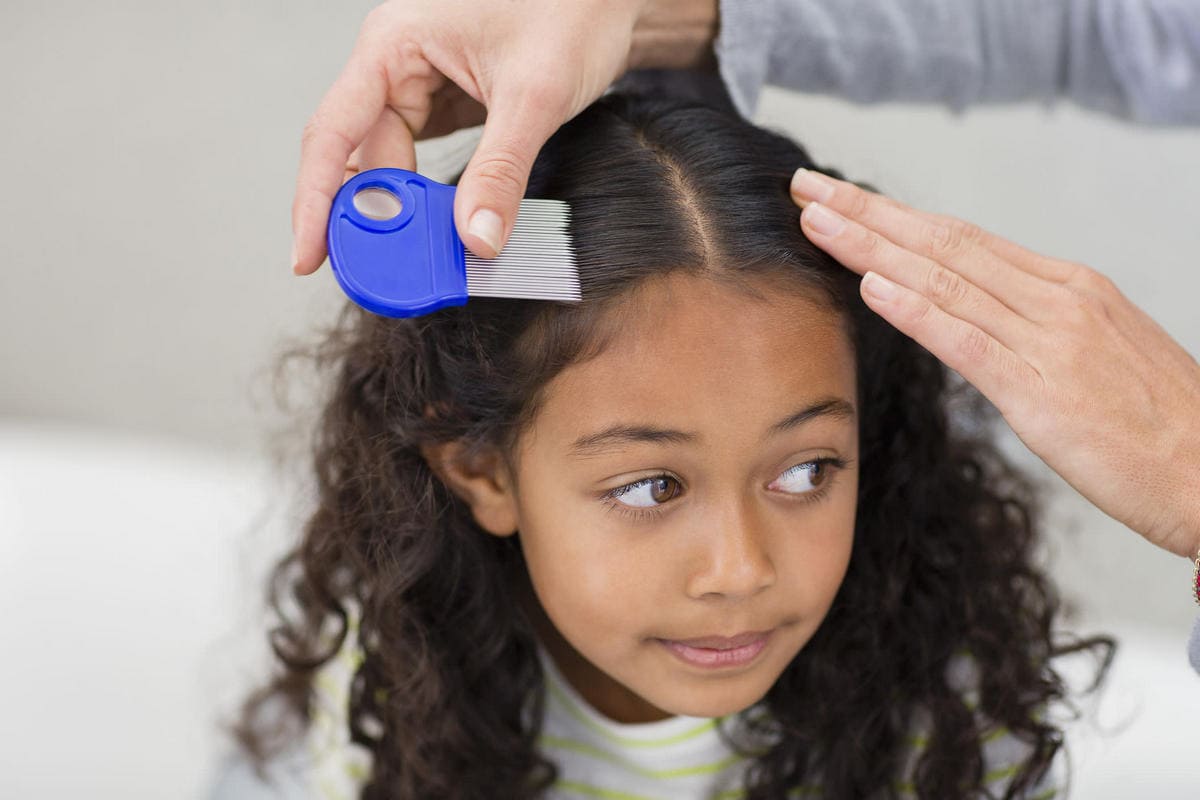
What causes head lice in children?
In most cases, lice are transmitted when they come into contact with the host’s head.
It doesn’t take long for the parasite to spread, due to the mobility of adults.
Lice can live on the heads of people with well-groomed hair.
Thanks to an evolutionary adaptation through the development of legs with a specific structure, lice develop on the hairy skin of the human body.
As the disease develops, the most common symptom is severe itching.
Lice are often visible to the naked eye.
As they develop, lice lay eggs, called nits.
The lice problem particularly affects children.
The lice problem is noticed by parents who send their children to school.
Parasites may also be present in care facilities and centers where homeless people live.
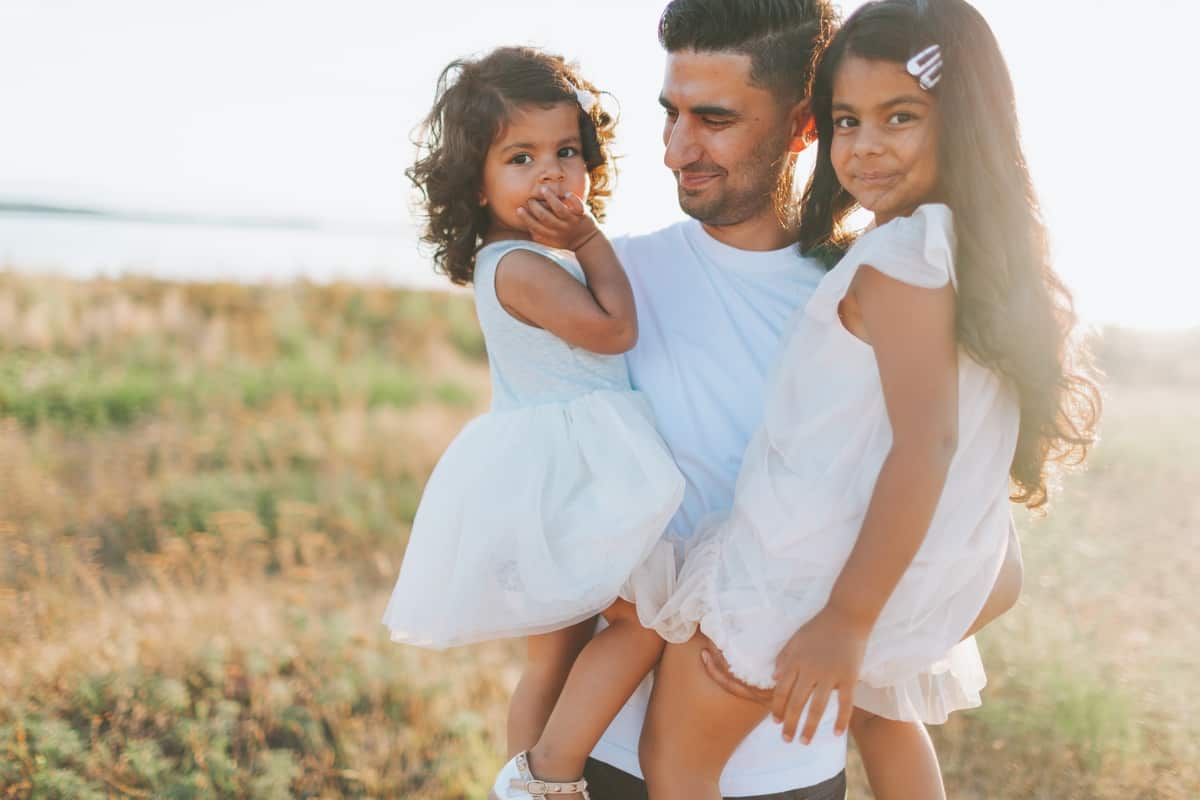
Do lice transmit disease?
To date, head lice do not transmit disease, but an infestation of these parasites can cause severe scalp itching.
Severe itching often leads to scratching.
Children often scratch their skin, which considerably increases the risk of infection.
Intense itching causes some people to suffer from insomnia.
With the right treatment, which can be carried out at home, lice can be completely eradicated.
If lice removal is a problem, or if an infection develops, it is necessary to consult a dermatologist who will recommend the appropriate treatment.
Head lice: How can they be infected?
A lice infestation may occur:
- Physical contact with a sick person
- By using the same headgear, such as hats and baseball caps
- By using the same towels and bedding
- Using the same combs, hairbrushes and hairpins
Lice infestation most often occurs through physical contact between a sick person and a healthy one.
Lice generally live on the scalp.
The risk of developing the disease is the same for everyone. People who are careful about their hygiene can also be infected, simply by coming into contact with a person suffering from lice.
Parasites can be transmitted from children to parents, caregivers or others who come into contact with them.
Lice are more common in girls than in boys.
Girls are more likely to come into contact with other people’s hair when playing.
Head-to-head contact is the most common cause of lice transmission from one person to another.
Lice crawl from the skin and hair of one person to the head of another. They cannot fly or jump, but they move very quickly.
Head lice can be transmitted not only from person to person, but also on various objects likely to come into contact with human hair, such as hats and towels.
Head lice infestations are more frequent during the warmer months in Quebec.
As head lice can be found on a variety of objects, there is a risk of infection by these parasites when sharing objects such as hair care accessories, brushes, combs or microfiber towels.
Another way for lice to get in is to put your head on a bed, a pillow, an armchair in a passenger bus, or a blanket with which the person carrying the parasite has been in contact.
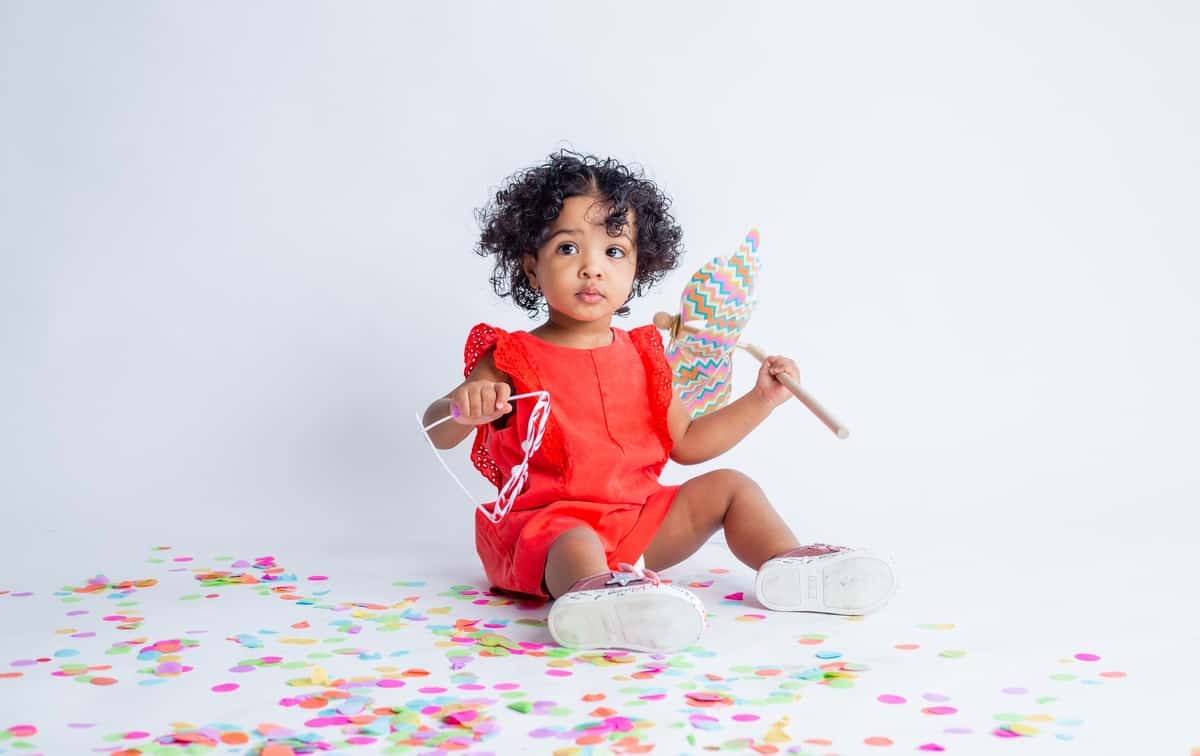
Head lice: Symptoms of infestation
The most common symptoms of head lice are as follows:
- Itchy scalp
- Scratching, a defensive response to persistent itching
- Reddening of the scalp and neck following scratching
- The sensation of something moving in the hair or scalp
- The possibility of seeing lice on the move, for example on your desk
- Enlarged lymph nodes in the neck
- The presence of lice eggs, or nits, can also be yellow or brown, and often seem to stick to the hair once the parasites have hatched from the eggs, with the scales becoming lighter.
Itchy scalp is one of the most obvious symptoms of head lice, but this symptom alone does not necessarily indicate an infestation of this parasite.
Itching can also be caused by other skin problems, such as dandruff.
The scalp is not necessarily itchy when infested with head lice. Sometimes, itchy scalps begin a few weeks after lice infestation.
Also read about: Dandruff in the hair
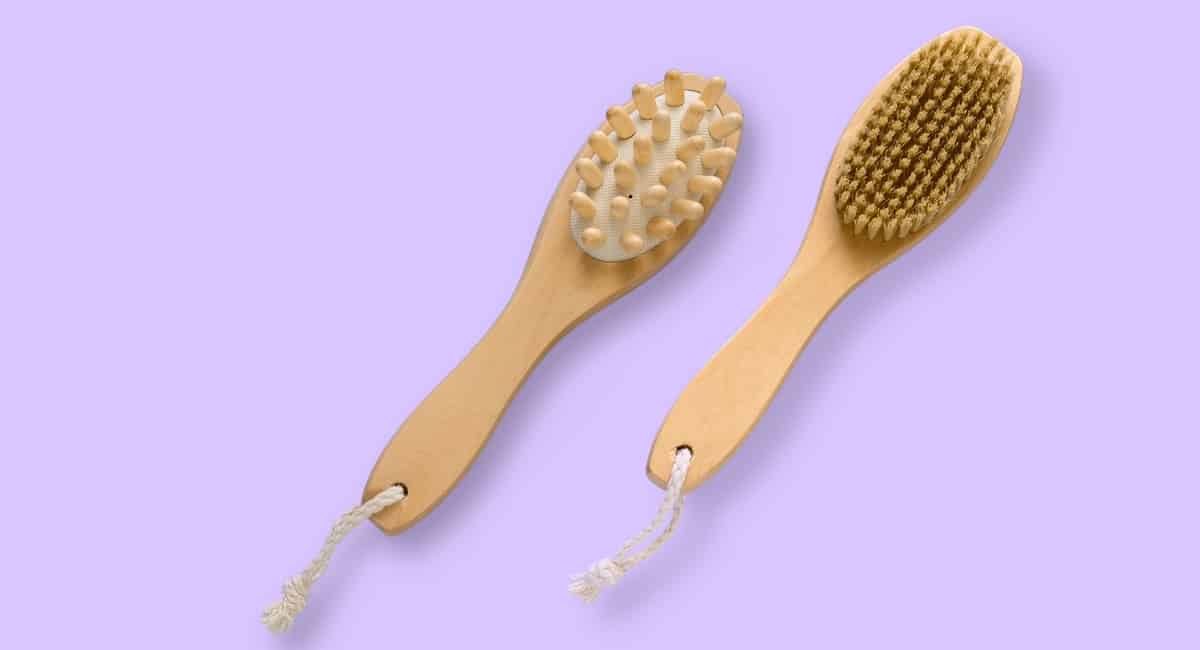
Lice in the hair: How should I style my hair?
Identifying the presence of lice can be done at home without too much difficulty. All you need is a comb.
Mature specimens can be observed by gently combing the hair on a sheet of white paper.
It’s best to sit the child or adult under an LED lamp that projects a bright light, then separate the hairs.
They should be combed slowly.
During this examination, it is possible to detect the presence of adult lice as well as their eggs, called nits.
The chances of finding nits are much greater, as they are permanently attached to the hair and do not move.
When combing, pay particular attention to the hair behind the ears and at the nape of the neck.
These are the areas where lice and nits are most often found.
Adult lice look like light-brown sesame seeds.
Lice move very quickly.
They are found on the scalp and hair.
Eggs are yellow or brown.
They look like small seeds and are usually attached to individual hairs close to the skin.
Inspecting the heads of children and adults alike, it’s possible to come across felt grains, shreds of fabric or dandruff, which can be easily removed with a fine-toothed comb.
Nits are attached to the hair, making them very difficult to remove.
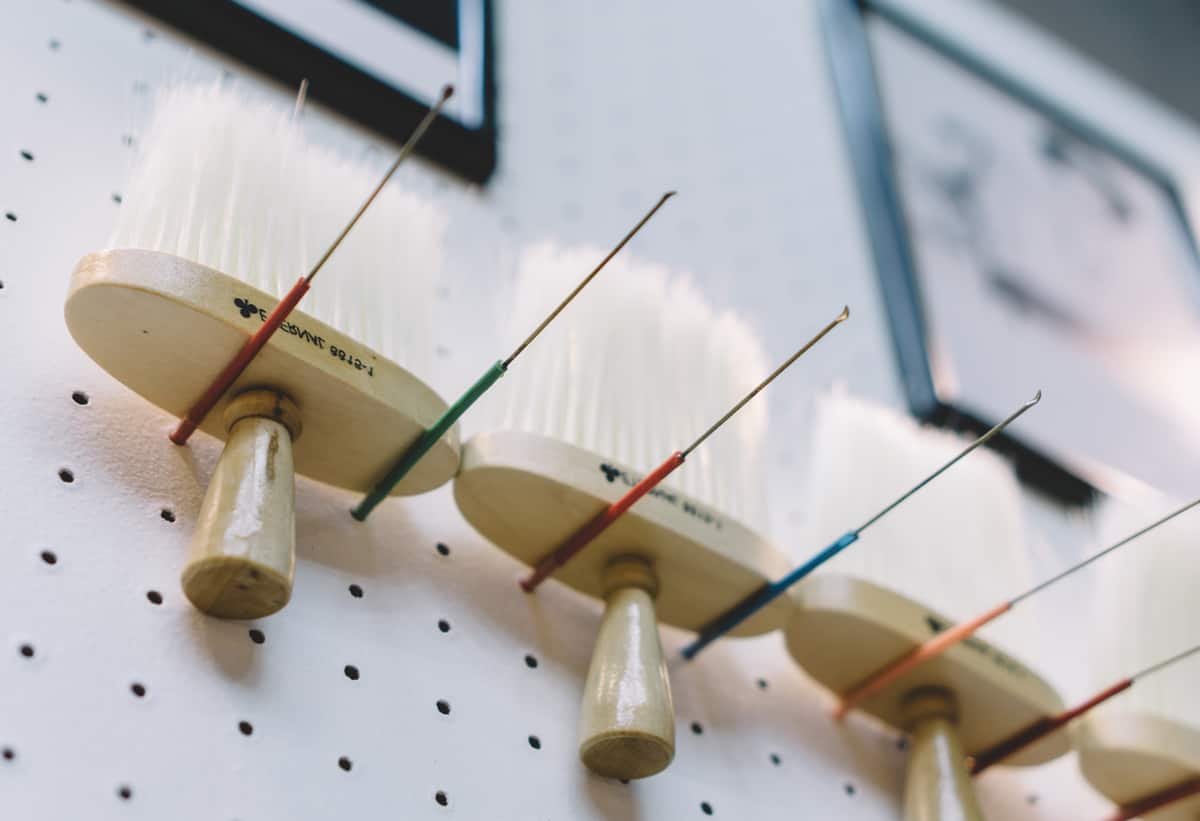
Head lice: Treatment and medication
Lice can be treated at home with over-the-counter shampoos that destroy adult lice.
As they are less effective in treating lice eggs, it is essential to comb the hair regularly and carefully throughout the treatment cycle.
If using an anti-lice shampoo proves ineffective, consult a dermatologist.
There are several products on the market to get rid of lice and nits.
These include benzyl alcohol lotion and lindane shampoos.
A visit to a dermatologist is advisable when home remedies against head lice fail to have the desired effect.
A specialist may recommend a product that can be purchased without a prescription, or prescribe a special medication.
Find a Dermatologist in the province of Quebec:
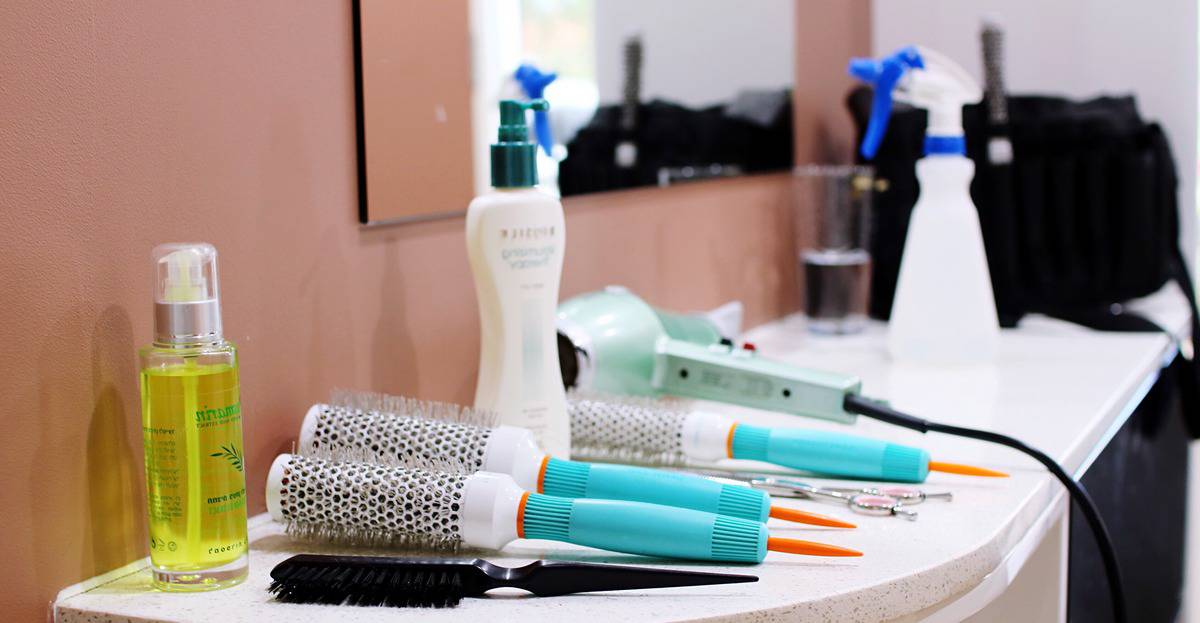
Home remedies for head lice
To avoid an infestation of the parasite, items such as hairbrushes and combs should be cleaned by placing them in hot water for 10 minutes.
Among children in particular, lice infestations are common due to the sharing of combs and brushes.
Hair care accessories, bicycle helmets, Go-Kart helmets, headphones and other personal items can also harbor lice.
- If you’re planning a family activity and on-site helmets are compulsory and available for hire, think twice.
In cases where a person with lice may have come into contact with these items in the last two days, they should be sealed in plastic bags and placed in the freezer for one day, or left closed for two weeks.
When hot water, warm air and freezing are not available to get rid of lice, this is the time needed for adult and newly hatched lice to die.
- All kidding aside, you’re probably itching all over right now, just because you’re reading the article!
Sheets, pillowcases, clothing, blankets and towels that may have come into contact with the head of a person with head lice in the last two days should be put in the washing machine and washed in hot water.
If possible, it is also advisable to dry all items in the dryer at the highest temperature.
Every healthy person loses between 40 and 160 hairs a day. It is therefore extremely important to vacuum furniture, carpets and floors to collect any human hair that may contain lice or nits.

Head lice: How to get rid of them?
To reduce the risk of lice:
Teach your child not to share objects that come into contact with his or her head. Brushes, combs, hair accessories, hats, baseball caps, scarves and towels are objects where lice can often end up.
If someone close to you has or has had head lice, the child should not touch couches, chairs, cushions, blankets or beds with which that person may have been in contact.
Read also: Acne in adults: Symptoms Treatment Diagnosis
If there’s a risk of head lice at your child’s daycare or school, be very careful and observe your child’s scalp frequently.
Lice routine
- Check your child’s scalp and hair regularly
- Inspect household items that may be infested with lice and nits towels, blankets and bedding
- Carefully examine clothing worn in recent days
- Remind the person not to share objects that come into contact with their head
- Do not allow the child to touch other people’s heads or hair until the danger has passed.
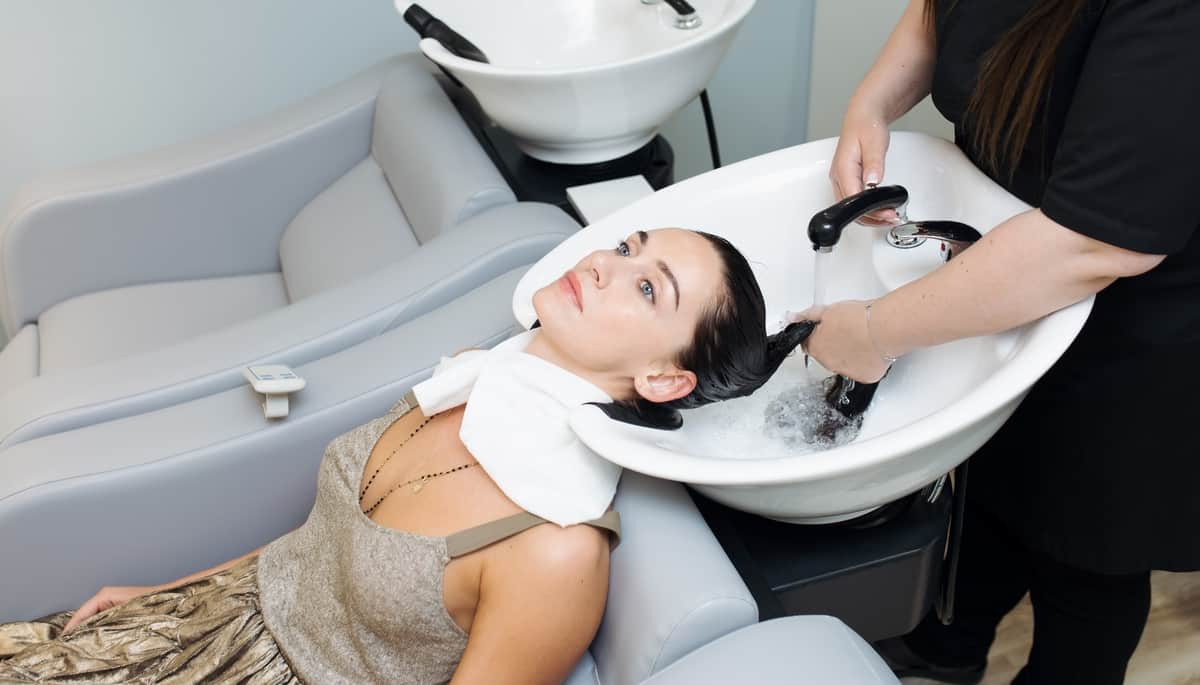
What are nits?
Nits are eggs laid by lice, which attach themselves to the hair with a special secretion.
Knowing what nits look like allows you to react and treat them quickly, which can save you from having to cut your hair completely.
Nits are oval-shaped and surrounded by a thick white or off-white envelope.
Nits have a lid-like closure.
The size of the nits depends on the species of louse that laid the eggs.
However, nits are generally between 0.5 and 1.5 mm in size.
Head lice eggs are small and shiny, and are generally deposited at the hairline. Nits are very often confused with dandruff, but the differences between the two are quite clear.
Dandruff, unlike oval, convex nits, is characterized by its flat, irregular shape.
In addition, dandruff can be easily removed from the head, whereas nits, because of their attachment, cannot necessarily be.
In addition, dandruff is distributed all over the head, whereas nits are more easily found behind the ears and on the nape of the neck, and much more rarely on the crown of the head.
Nits don’t move.
It’s only at the larval stage that they begin to make their first movements.
Read also: Lice on artificial eyelash extensions
Getting rid of nits isn’t easy.
Once attached to the hair, they are difficult to comb or rinse out.
So it’s a good idea to to protect your hair against lice to prevent the appearance of nits.
Getting rid of nits with apple cider vinegar
One way to get rid of nits is an apple cider vinegar scrub, which has been used by many for generations.
The vinegar prevents the nits from attaching themselves to the hair structure.
The acid causes the nits to wither and fall out of the hair.
The acid in vinegar also kills adult lice, so you can be sure that new nits won’t settle on your hair.
To make a nit treatment, apple cider vinegar is diluted 1:1 in warm water and rubbed into the hair and scalp until the problem disappears.
Treatment usually lasts about a week.
Treating nits with essential oils
Essential oils are another option for getting rid of nits and head lice.
Tea tree tea treetea tree lavendercoconut coconutaniseed and jasmine are recommended.
Lice cannot tolerate these fragrances, and the oils have an insecticidal effect.
Treatment consists of rubbing a mixture of essential oils and olive oil into the hair. olive oil into the hair.
The mixture should remain on the head for around 30 to 40 minutes, then be thoroughly rinsed out.
To ensure that the nit problem is solved, it is advisable to add a few drops of essential oils to the shampoo during subsequent washes.
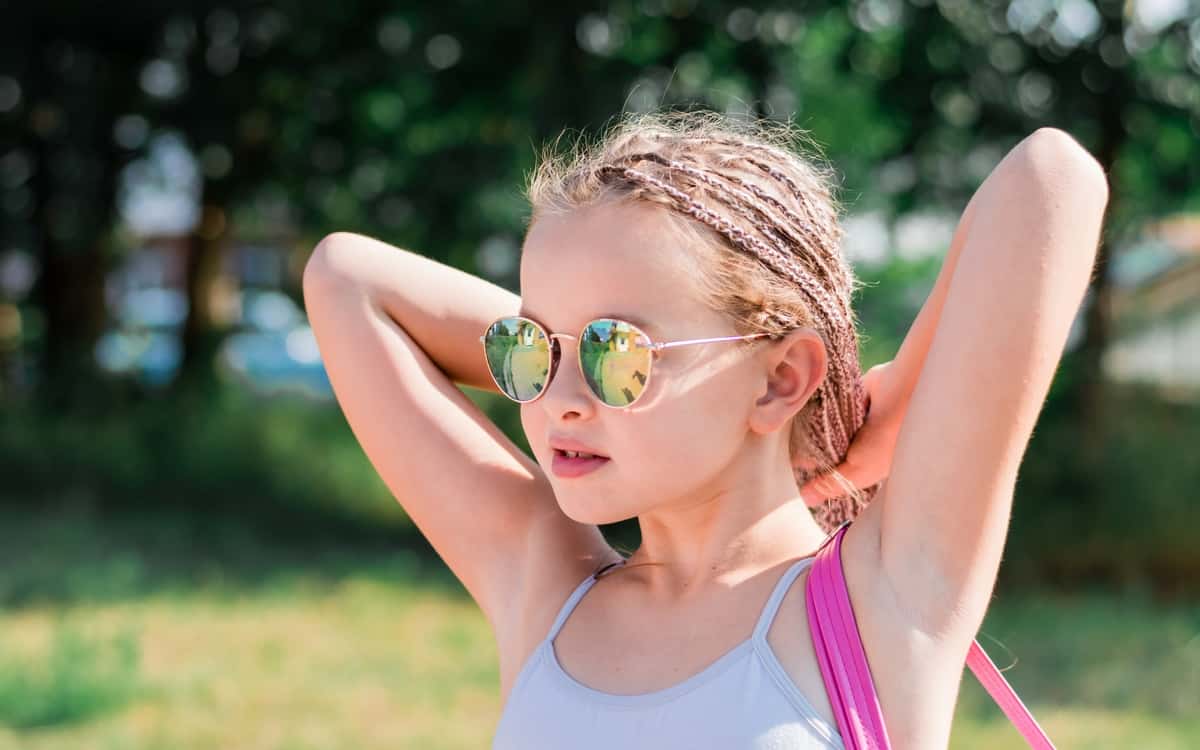
Getting rid of nits with garlic
Garlic is known for its multiple health properties.
It’s also a proven remedy for hair nits.
Simply chop a garlic bulb, add half a liter of hot water and leave the mixture for 8 hours.
Strain the mixture, then spray or rub the finished product into the hair.
After eight hours, the head should be washed thoroughly.
Unfortunately, the strong aroma of garlic is difficult to eliminate, even with the most aromatic shampoo.
Get rid of nits with a good combing
All the above methods are effective in killing nits stuck to the hair.
However, to get rid of dead nits stuck to the hair, they need to be carefully combed out with a special comb.
Nits can also be combed out without further treatment, but this must be done very carefully, strand by strand, starting at the hair root.
Nits should be combed out on unfolded white paper, and disposed of immediately in the garbage can so as not to endanger other members of the family.
“One of my biggest dreams is that my company will be able to change the course of one family’s life, one child at a time by giving back to the community.”

